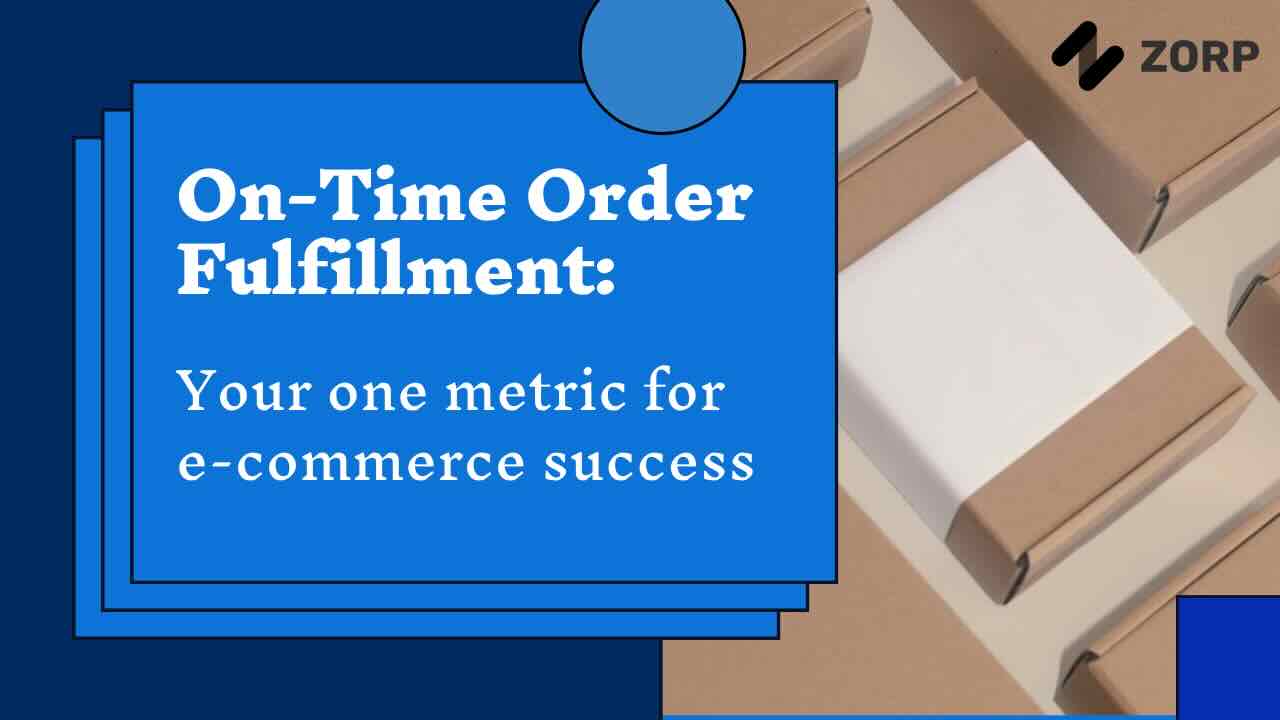The world of software development is undergoing a massive shift as no-code and low-code platforms gain widespread popularity. These platforms have made it easier than ever for non-technical users to build complex applications without writing a single line of code.
First, let's define what we mean by no-code and low-code development. No-code development platforms allow users to build applications without having to write any code. Instead, they use visual interfaces and drag-and-drop tools to create software. Low-code development platforms, on the other hand, still require some coding but are designed to make the process much easier and more accessible.
As organisations strive to meet the growing demands for speed and efficiency in application development, many are turning to low-code and no-code platforms as a solution. These platforms offer a level of simplicity and accessibility that traditional software development cycles cannot match. Additionally, low-code development technologies can enable highly customised automation workflows that improve operational efficiency and accelerate digital transformation initiatives. With operational digitization becoming increasingly important, low-code and no-code development is poised to become a critical tool for organisations.
Let’s explore the technical predictions for this field, and the potential for these platforms to revolutionise the way we think about software development.
According to a report by Gartner, The worldwide market for low-code development technologies is projected to total $26.9 billion in 2024, an increase of 19.6% from 2022. This suggests that Hyper Automation and composability are expected to drive the adoption of low-code platforms, as they offer greater flexibility and scalability than traditional approaches.
The integration of no-code and low-code platforms with the Internet of Things (IoT) is also expected to continue to grow in 2024, as worldwide IoT spending is forecast to reach $1.1 trillion in that year. Additionally, there will be an increased adoption of these platforms by larger enterprises, as well as the rise of citizen developers.
Low-code platforms can help manage technical debt at every step of the development process, from design to maintenance, by providing a more efficient way to update existing systems without having to rewrite all of their code.
By embracing low-code, organizations can break free of the technical debt burden and encourage business and IT to work collaboratively. However, it is important to note that low-code platforms alone cannot completely eliminate technical debt, but rather reduce it .
In addition to reducing technical debt, no-code and low-code platforms can help organisations to accelerate the software development process and bring new applications to market faster.
These platforms offer pre-built components and templates, making it easier for developers to create and customize applications in less time and reduce the time it takes to develop and deploy applications.
An IDC report suggests organisations have sped up their development lifecycle for new applications by 62% and new features by 72% on average, respectively by adopting low-code development.
As demands grow we can expect these platforms to become more sophisticated. This means that they will offer more advanced features, such as machine learning, artificial intelligence, and blockchain integration.
Report by Gartner shows that "By 2025, 50% of the applications developed using AI will be developed using a low-code or no-code approach."The integration of no-code and low-code development platforms with AI and machine learning can help businesses automate tasks, such as data processing, analysis, and decision-making. This will improve the accuracy and speed of business operations,and enable creation of more intelligent applications that can learn and adapt to changing environments.
73% of CFOs state their businesses are already streamlining workflows and processes with automation and integrations. With this, according to a report by Forrester, by 2024, 60% of enterprises will implement automation of routine tasks in operations using low-code platforms. This suggests that 2024 to witness a significant shift as businesses embrace no-code and low-code platforms for operational automation.
Furthermore, IDC also found that low-code spread up the software development lifecycle by 62% for new applications and 72% for adding new features, achieved an additional $19.8 million in annual revenue and increased productivity by 123%. Additionally 26% of executives believe low-code platforms are the most critical investment in automation (up from 10% since the pandemic).
In conclusion, the rise of low-code and no-code platforms in 2024 is a clear indication of the benefits they provide to businesses. With their flexibility, speed, and automation capabilities, low-code platforms are helping organisations fast track their digital transformations while reducing cost, risk, and waste.
For enterprises looking to adopt no-code and low-code platforms, it is important to start with a clear plan and to identify areas where these platforms can make the most significant impact like operational automation, Business process automation (BPA) and more. There is no denying that no-code and low-code platforms have the potential to disrupt the traditional software development industry making it faster, easier, and more accessible to a wider range of people.
Browse Industry Specific Templates you can plug and play to build your own internal applications


